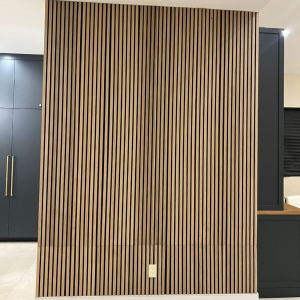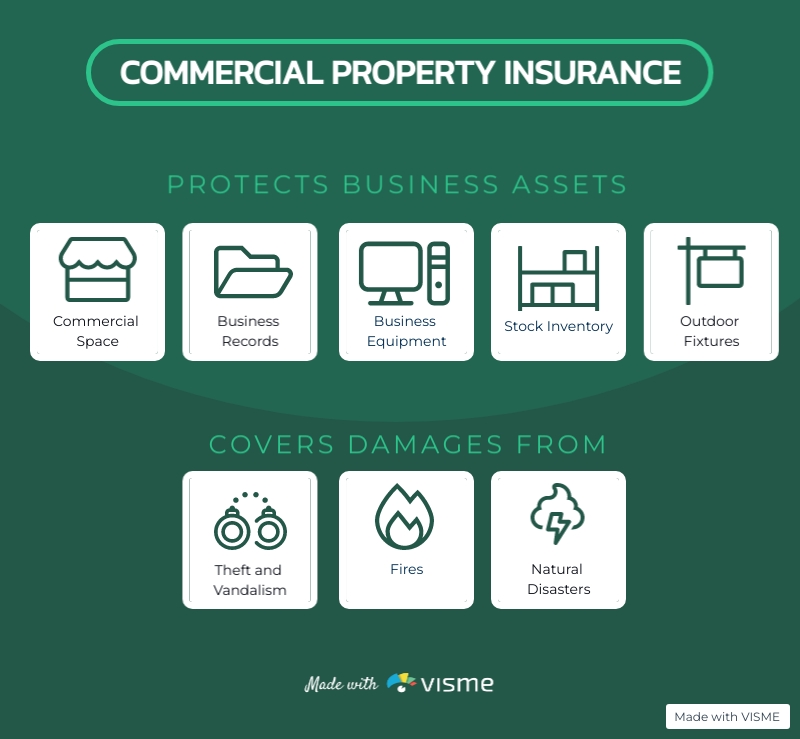What Makes HVAC Services Branson Missouri Essential for Comfort All Year? Heating, Repair & AC Installation You Can Trust

Life in the Branson area comes with seasonal shifts , from humid, hot summers to chilly winter days. To keep your home or business comfortable year-round, you need reliable HVAC services Branson Missouri.
Whether you’re in Branson West, Hollister, Reeds Spring, Kimberling City, Kirbyville, Ridgedale, Walnut Shade, Blue Eye, or across the Tri-Lakes area, having a trusted, locally owned and operated company ensures your heating and cooling systems are working when you need them most. From installation and repair to preventative maintenance and tune-ups, service professionals are dedicated to delivering comfort, efficiency, and peace of mind.
Why Reliable HVAC Service Matters in the Branson Area
Choosing the right HVAC service is about more than fixing an air conditioner or heater when it breaks down. It’s about protecting your investment, improving energy efficiency, and ensuring your indoor comfort through every season in the Ozarks.
Locally Owned Advantage
When you hire a locally owned and operated LLC, you get more than service. You get neighbors who understand the unique climate challenges in Branson. From the coldest winter nights to the hottest summer afternoons, having a trusted team nearby means faster response times and dependable solutions.
Residential and Commercial Care
Whether for residential and commercial properties, full-service HVAC companies deliver repair and maintenance, new system installations, and specialty services that keep your property running smoothly.
Heating Services That Keep Winters Warm
When the cold sweeps through Branson, a reliable heating system is essential. Professional HVAC providers offer a wide range of heating services designed to meet the needs of every homeowner or business owner.
Furnace and Heater Repair
Fast repairs restore warmth when you need it most. Service professionals handle diagnostic testing, replace faulty parts, and ensure your system is properly sized for your home.
Installation of New Systems
Sometimes an outdated system just can’t keep up. Installing an energy-efficient heating system or heat pump provides long-term comfort and lowers monthly bills. Financing options often make upgrading a new system more affordable.
Routine Maintenance
Routine preventative maintenance helps avoid breakdowns and ensures your heating and air conditioning system runs at peak efficiency year-round. Seasonal tune-ups keep furnaces and heat pumps ready to perform through the coldest nights.
Cooling Services to Beat Branson Summers
Summers in the Branson area can get hot and humid. Having a reliable AC system ensures your home or business stays cool even during seasonal spikes.
AC Repair and Maintenance
From unusual odors to a system that just won’t cool properly, HVAC professionals handle diagnostic testing and provide fast repairs. Routine maintenance reduces allergens, improves the air you breathe, and increases the efficiency of your AC unit.
Air Conditioning Installation
Installing a properly sized air conditioner ensures you don’t waste energy. Whether you’re upgrading to a ductless system or a full system replacement, skilled technicians make sure your system installed delivers the indoor comfort you need.
Commercial Cooling Care
Businesses across Branson rely on commercial heating and air conditioning services to maintain comfortable environments for employees and customers. Professional teams specialize in providing full-service repairs and installations for commercial systems of all sizes.
Indoor Air Quality and Ventilation Services
Comfort isn’t just about temperature. It’s also about the air you breathe. Dust, allergens, and poor ventilation can affect your family’s health and overall comfort.
Duct Cleaning and Ventilation
HVAC professionals offer ventilation services that improve airflow and eliminate buildup in ductwork. Clean ducts help prevent odor issues, improve efficiency, and enhance the quality of indoor air.
Advanced Air Quality Systems
Modern solutions, including Trane air quality systems, filtration upgrades, and humidity control, reduce allergens and promote healthier indoor environments. Whether for homeowners or businesses, better air means better health.
Full-Service Plumbing Alongside HVAC
Many providers in the Branson area also specialize in plumbing alongside HVAC. This means you can count on one trusted company for everything from heating and cooling to water heater services.
Water Heater Repair and Installation
From traditional tanks to tankless systems, proper care ensures hot water year-round.
Sewer and Drain Care
Routine maintenance and fast repairs prevent costly damage to your home or business plumbing system.
Contact Us for Complete Care
When you need HVAC or plumbing support, having one full-service company for everything saves time, money, and stress.
Preventative Maintenance and Seasonal Tune-Ups
Keeping your system in top shape is key to avoiding costly breakdowns and extending its life.
Seasonal Maintenance for Efficiency
Scheduling preventative maintenance keeps both heating and cooling systems running efficiently. Seasonal tune-ups are designed to maximize performance and keep utility bills under control.
Benefits for Home and Business Owners
For both residential and commercial properties, regular hvac maintenance reduces the risk of breakdowns, lowers repair costs, and ensures year-round reliability.
Discounts and Financing Options
Ask about discounts on seasonal tune-ups and financing options available for new system installs. Preventing problems today saves money tomorrow.
Call Redeemed Heating, Cooling, Duct Cleaning & Plumbing Today
At Redeemed Heating, Cooling, Duct Cleaning & Plumbing, we don’t just offer HVAC services in Branson Missouri. We deliver comfort, professionalism, and peace of mind across Branson, Branson West, Hollister, Forsyth, Reeds Spring, Kimberling City, Kirbyville, Ridgedale, Walnut Shade, Blue Eye, and the entire Tri-Lakes area. Schedule repair, maintenance, or installation today. Serving the Branson area with fast repairs, new system installs, and preventative maintenance.
Whether it’s your HVAC system, water heater, or AC, our service professionals are dedicated to solving problems with efficiency and care. We specialize in residential and commercial services, offering financing options, emergency solutions, and real people who show up when you need them.
Call us today for the service you need. Contact us now to book your repair, maintenance, or installation and feel the difference Redeemed brings.

Redeemed HVAC
10224 W Farm Rd 178, Republic, MO 65738
(417) 241-5687






